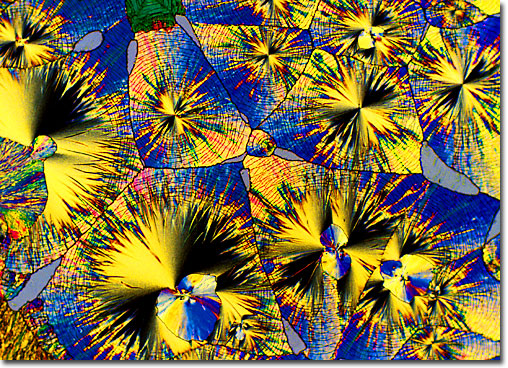Niacin (Nicotinamide, Vitamin B-3)

View a second image of niacin.
|
For metabolic purposes, niacin is interchangeable with its amide, niacinamide, also known as nicotinamide. Important in the biochemistry of humans and other organisms, both substances are components of the coenzymes nicotinamide adenine dinucleotide (NAD) and nicotinamide adenine dinucleotide phosphate (NADP), which function in a number of oxidation and reduction reactions catalyzed by enzymes. A niacin deficiency in humans often leads to a chronic illness called pellagra, characterized by gastrointestinal problems, lesions of the skin, and dementia. In dogs, a similar condition is known as black tongue disease. Both illnesses can generally be avoided by regularly including sources of niacin in the diet, including legumes, lean meats, and whole-grain or enriched breads and cereals. Some protein-rich food items that are poor sources of niacin, such as eggs and milk, can also help reduce the risk of niacin deficiency because they contain tryptophan, an amino acid that can be converted into niacin through bacterial action in the body. |
© 1995-2025 by Michael W. Davidson and The Florida State University. All Rights Reserved. No images, graphics, software, scripts, or applets may be reproduced or used in any manner without permission from the copyright holders. Use of this website means you agree to all of the Legal Terms and Conditions set forth by the owners.
This website is maintained by our
|